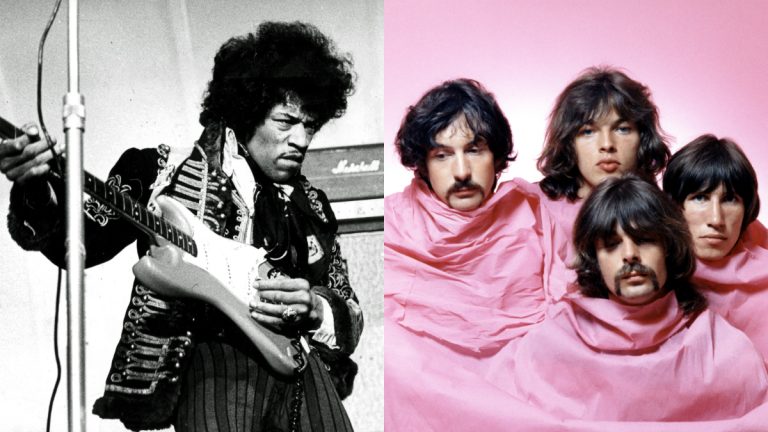The life and legacy of Jimi Hendrix form a musical saga that has become the stuff of legend. A unique personality, his American roots bore the seeds of groundbreaking musical endeavors that catapulted him to fame under the watchful eye of Chas Chandler. From the electrifying “Purple Haze” to his transformative cover of Bob Dylan’s “All Along the Watchtower,” each moment in Hendrix’s repertoire speaks volumes about his profoundly innovative essence.
Undoubtedly one of the most influential artists in the annals of music history, Hendrix’s narrative was tragically abbreviated in September 1970. This era bore witness to the escalating awareness of the perils of drug abuse within Hendrix’s generation, a consequence of the widespread drug use synonymous with the counterculture movement. The pitfalls of narcotics, previously obscured, now loomed large, and at the tender age of 27, Hendrix tragically joined the ranks of icons felled by the perils of their hellraising.
In his brief but impactful stint in the limelight, Hendrix etched an indelible legacy, punctuating it with iconic performances that solidified his status in the concluding chapter of his career. Foremost among these was the legendary Woodstock 1969, featuring his timeless rendition of “The Star-Spangled Banner.” A year later, at the Isle of Wight Festival in 1970, he would deliver another resounding performance, nearly marred by unforeseen challenges.
The festival lineup boasted luminaries like The Moody Blues, Miles Davis, The Doors, Jethro Tull, and The Who. Despite the array of talent, Hendrix held the prime slot, gracing the stage late on the final day before dawn. With an audience exceeding 600,000, this marked the zenith of his concert career. Ironically, it was Pink Floyd’s David Gilmour, not yet a household name, who played a pivotal role in saving the show.
Pink Floyd, amid a transformative period, witnessed Gilmour, then a fan, attending the festival. Having already achieved success, the band was honing its prog-rock sound following Syd Barrett’s departure in 1968. Gilmour found himself at the festival to witness one of his heroes, Hendrix, perform.
Following Jethro Tull’s set, Hendrix encountered technical difficulties as the sonic disparity with the previous act posed a challenge for the sound engineers. Enter Gilmour, not merely a spectator but a savior, drawing on his experience with mixing boards from producing Barrett’s solo albums. Reflecting on the incident, Gilmour recounted, “I went down to [the Isle of Wight], and I was camping in a tent, just being a punter… They were very nervous; they were going to have to mix Hendrix’s sound. I did some mixing stuff in those days and they said, ‘Help! Help!’ So I did.”

